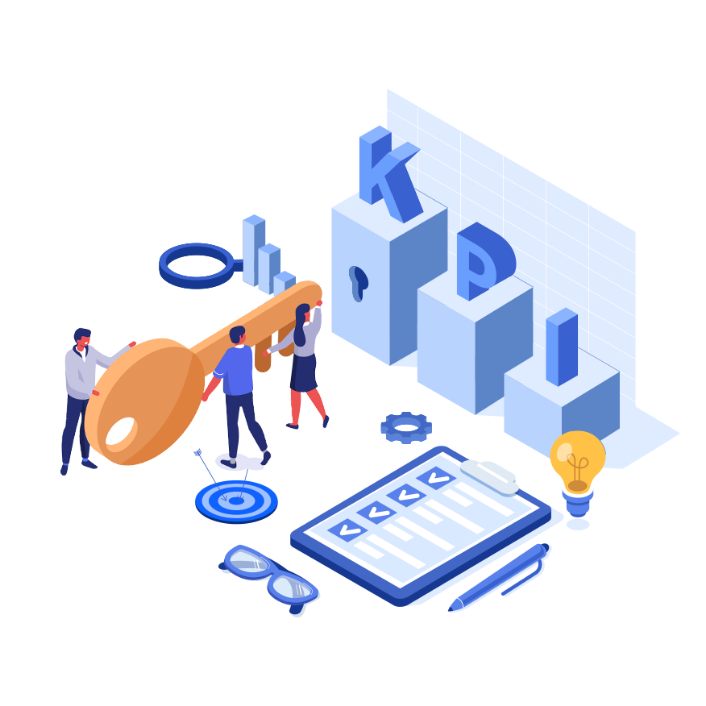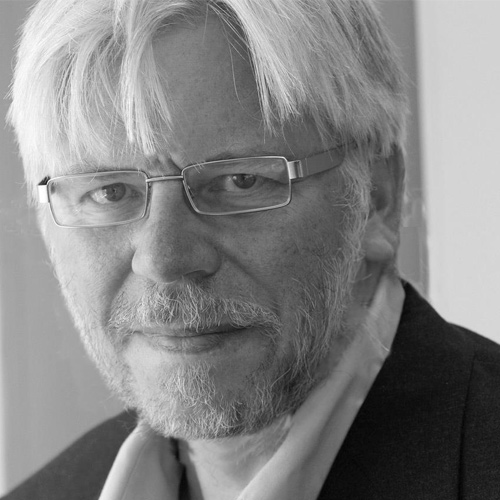Cost is not the main barrier to access to assistive technologies
-
Contributor David Banes

Technology Published DATE 04/01/2021 15:32
-
275 Views
There are many myths and assumptions about the provision of assistive technology, but the biggest must be that it will always be expensive. When thinking about how to make assistive technologies (AT) available the first concern is cost, and many will be thinking — “we cant afford any of this”. To address we must think differently and understand the opportunities being created by new technologies and solutions.
If we are to meet the demands and needs of those currently denied access to assistive products we need to explore innovative approaches as ways of creating a more flexible and responsive ecosystem for AT in different countries, reducing costs where we can and creating a means to release budget for other forms of AT which require physical fabrication at a higher cost. In reality much of the anxiety around cost is unwarranted and the as we look address provision in low and medium income countries there are many opportunities for innovation to address at least some of the issues and barriers faced by people with a disability.
One of the most important approaches is to explore how provision of a mobile phone (with discounted data packages) can be used as a platform both for assistive technologies, such as access for those with learning, vision or hearing impairments, but also providing a channel by which services can be delivered to help people choose their AT, get training and support remotely.
The WHO assistive technology initiative “GATE” has created a priority assistive products list (APL) and a brief review suggested that the functionality of almost half of the devices on the list could be made available through a phone. That would be an extremely cost-effective means of providing multiple products to a user. I recently used a £68 android phone from Amazon as the basis of testing accessibility features.
This approach has many advantages, including offering a response to provision of access technologies during the pandemic, as I have suggested previously in considering Covid as a form of stress test on traditional forms of services which is summarized at https://aaate.net/2020/08/13/understanding-and-responding-to-the-stress-and-impact-of-covid19-upon-assistive-technology-services-by-david-banes/
Equally organisations such as ATMakers, (www.atmakers.org) have a collection of videos and instructions which could be used by both professionals and others to build simple electronic forms of AT. We now need as a priority to collect and curate these and practical ‘how to’ guides to all forms of assistive devices, to create a central resource readily available to persons with disabilities and their allies worldwide.
To make this real there is a need for partnership and cooperation, that recognizes the pervasive nature of the technologies and applies the options to specific settings. Making this a reality needs both funders and partners and we plan to work with Business Disability International to address this agenda.
We used to say that awareness was the biggest barrier to delivering AT, it may be possible that this has been supplanted by the need for creativity and imagination in overcoming the genuine cost rand marketplace related obstacles which prevent us making the difference we aspire to.















